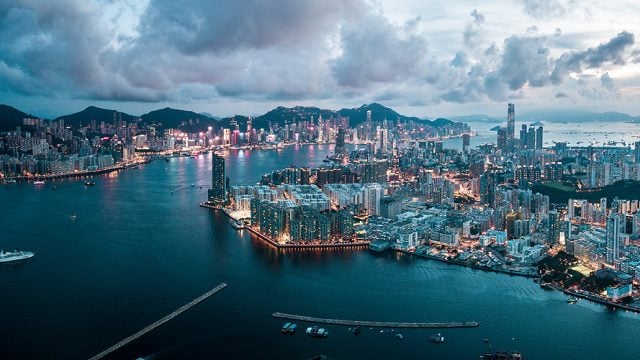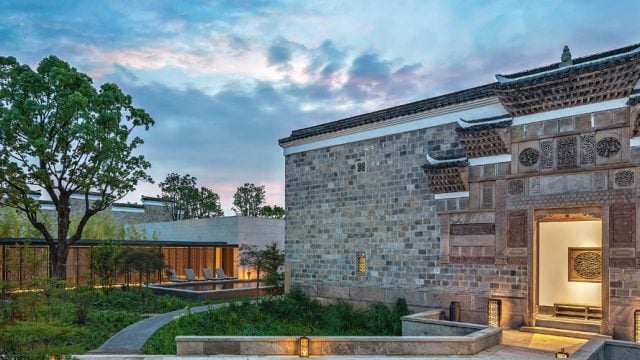This is not how we learned the words in school: “In Xamdu did Cublai Can build a
But behind the careful descriptions of Samuel Purchas, author of the 1617 work Purchas his Pilgrimage , it’s an unusual reader who can’t hear Coleridge’s more famous lines, written in 1816: “In Xanadu did Kubla Khan/ A stately pleasure-dome decree…”
You won’t find Xanadu on the map, though you will find its name attached to a truly awful pop song, several beach resorts of dubious charm, part of an island, and controversial computer software. One understands the appeal of the name: Orson Welles named the mansion in Citizen Kane Xanadu, though its true inspiration was San Simeon, William Randolph Hearst’s palace. The River Alph (“Where Alph the sacred river ran/ Through caverns measureless to man/ Down to a sunless sea”) exists; in fact, there is more than one River Alph. Mount Abora, of which the Abyssinian maid sang to the accompaniment of her dulcimer, exists as well.
The thing about Samuel Taylor Coleridge was that he was a voracious reader–a bibliophage, a cannibalistic devourer of books, especially works of travel. In 1927, John Livingston Lowe undertook the massive task of deciphering Coleridge’s work by way of his library: he diligently read every work that seemed to be applicable to poems as far apart as The Ancient Mariner, Christabel and yes, Kubla Khan.
He confirmed that there was a Xanadu where none other than Kubla Khan had built at least one, if not more, pleasure domes. Shangdu, or Yuan Shan Du, was in Inner Mongolia (now part of China) when Kublai Khan changed its name from Kaiping and made it his summer capital in the 13th century. His winter capital, Dadu, was built later on the site of modern Beijing. Marco Polo was barely 20 years old when he reached Shangdu in 1274, after spending three years covering the distance between Venice and China. Polo was suitably impressed with the Khan’s city: “There are a lot of beautiful palaces built out of the stones in the city. All the houses are covered with gold and decorated with the pictures of birds, animals and flowers. These buildings and patterns are beautiful and very pleasing to the eye.”
Though tourist guides will take visitors—the rare few who can persuade Beijing to issue permits for this city, now inside a military-industrial zone—around Shangdu, little remains in the way of Kubla Khan’s city or of the visions conjured up by Coleridge. As modern-day travellers from William Dalrymple ( In Xanadu ), to Caroline Alexander ( The Way to Xanadu ) have discovered, the pleasure palace is now just a set of lines in the dust. A few old tiles remain, some decorated with patterns “pleasing to the eye”, but little else. On the Internet, websites attest to Shangdu’s “place in the industrial landscape of modern China”, and pictures of the city stress conference halls rather than “gardens bright with sinuous rills”.
The journey to Shangdu may not tempt everybody: to find so little at the end of the bureaucratic and geographic hurdles in the way of getting there can be disheartening to all but the most optimistic. Nor would Shangdu, even the ancient city in all its glory, necessarily have been the Xanadu of Coleridge’s imagination. But as everyone knows, Kubla Khan remained unfinished: Coleridge’s opium-febrile imagination was stopped in its tracks by a knock on the door from the Person from Porlock, there to consult the poet on a small matter of business. And you can visit Porlock. It’s chief attraction is its very steep hill and the fact that Robert Southey stayed at the Ship Inn there in 1798. Like Coleridge, Southey wrote a poem while he was in the area. It begins: “Porlock, thy verdant vale so fair to sight…” Not bad, even if it doesn’t have the same ring as “In Xanadu did Kubla Khan…”
Kublai Khan
Marco Polo
Samuel Taylor Coleridge





